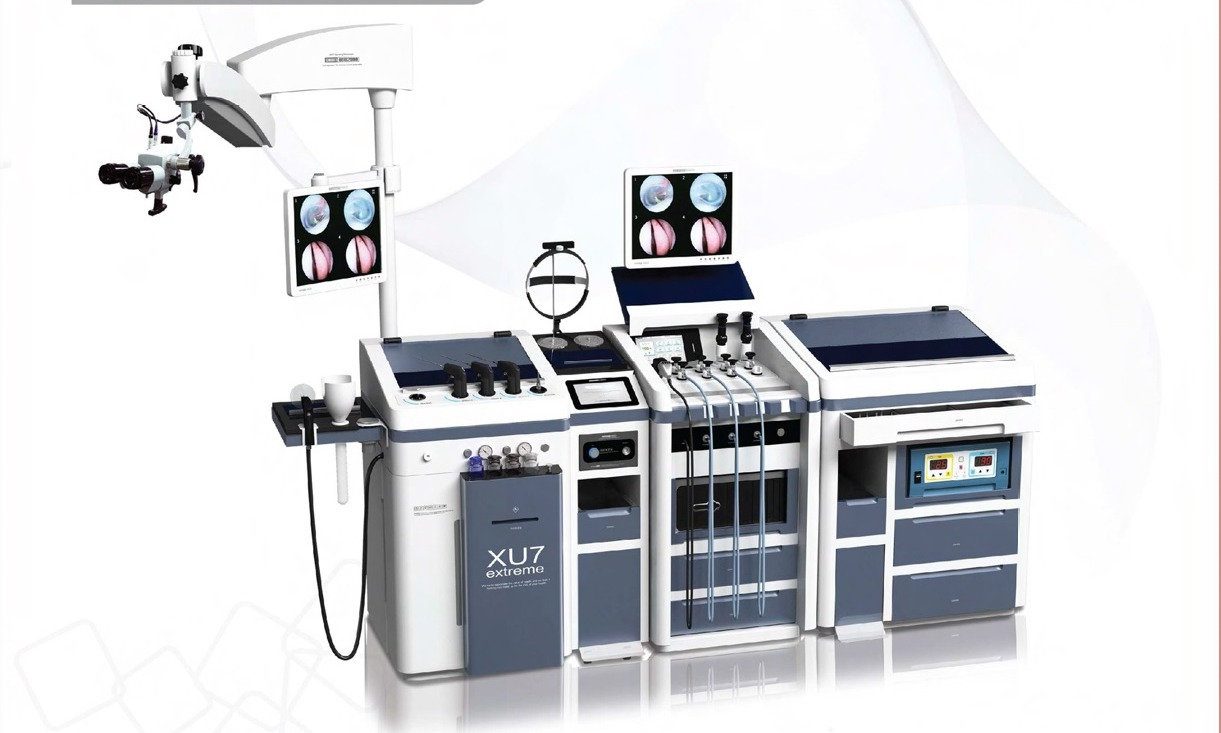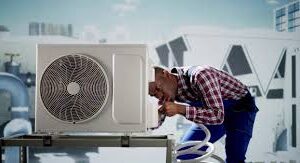An ENT (Ear, Nose, and Throat) treatment unit, also known as an ENT examination or treatment chair, is a specialized medical equipment designed for diagnostic and therapeutic procedures related to the ear, nose, and throat. It provides a comfortable and convenient setup for both patients and medical professionals during ENT examinations and treatments. Here are some features and functions commonly found in an ENT treatment unit.
Features
The features of an ENT Treatment Unit are as follows.
1. Adjustable chair
The unit typically includes a comfortable, adjustable chair that can be modified to accommodate patients of various sizes and positions required for specific procedures.
2. Headrest and armrests
The chair is equipped with a headrest and armrests to support the patient during examinations and treatments.
3. Instrument tray
An instrument tray is usually present, providing a convenient space for storing and organizing medical tools, equipment, and supplies used during ENT procedures.
4. Lighting
The unit is equipped with appropriate lighting systems, such as overhead examination lights or fiber optic lights, to enhance visibility during examinations and procedures.
5. Microscope integration
Some advanced units have built-in or attachable microscopes that provide magnification and detailed visualization of the ear, nose, and throat structures.
6. Suction system
An integrated suction system helps remove excess fluids and secretions during procedures to maintain a clear field of view and improve patient comfort.
7. Electrical outlets and controls
The unit often includes electrical outlets and controls, allowing the connection and operation of various devices like endoscopes, suction devices, or monitors.
Functions
The functions of an ENT Treatment Unit are as follows.
1. Examination and diagnosis
ENT treatment units provide a comfortable setup for patients during routine examinations, enabling medical professionals to inspect the ear, nose, and throat regions thoroughly.
2. Instrumentation
The unit facilitates the use of various diagnostic instruments, such as otoscopes, laryngoscopes, or nasal endoscopes, for detailed examination and assessment of ENT conditions.
3. Minor procedures
ENT treatment units support minor therapeutic procedures, such as earwax removal, foreign body extraction, nasal cauterization, or biopsy, providing a stable and ergonomic platform for the medical professional.
4. Patient comfort
The design and adjustability of the chair, along with features like padding and armrests, help ensure patient comfort during lengthy or uncomfortable procedures.
5. Workflow efficiency
By integrating essential tools and equipment, the unit optimizes workflow and saves time for medical professionals, allowing them to perform examinations and treatments more efficiently.
It’s important to note that specific features and functions may vary depending on the manufacturer and model of the ENT treatment unit. Medical professionals and healthcare facilities typically choose units that best suit their specific needs and requirements.
The bottom line
ENT Treatment Unit provides a specialized and comfortable setup for medical professionals to perform diagnostic examinations and therapeutic procedures related to the ear, nose, and throat. It offers features such as an adjustable chair, headrest, armrests, instrument tray, lighting, microscope integration, suction system, and electrical outlets.
The unit enhances workflow efficiency, and patient comfort, and facilitates the use of various diagnostic instruments. Its primary functions include examination and diagnosis, minor procedures, and patient comfort, all aimed at providing optimal care for ENT conditions.



































